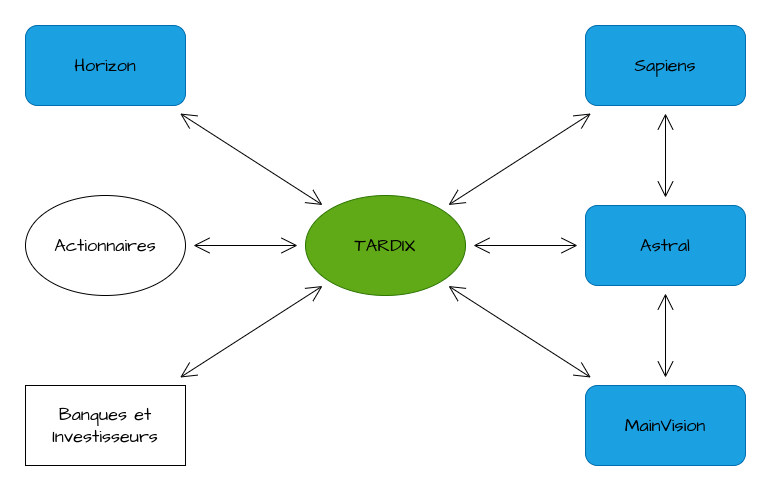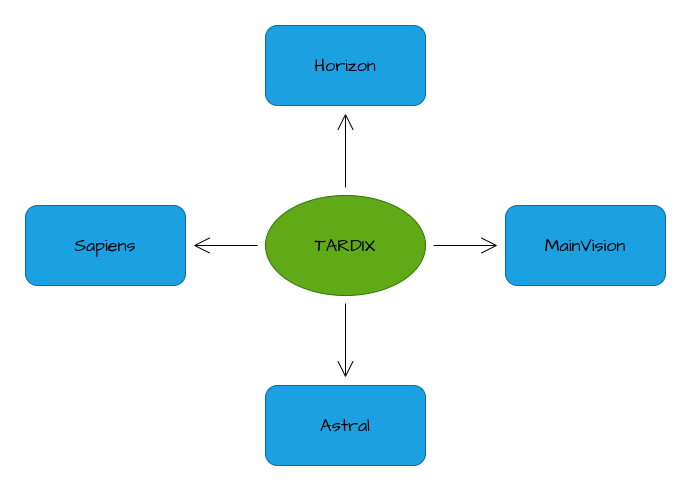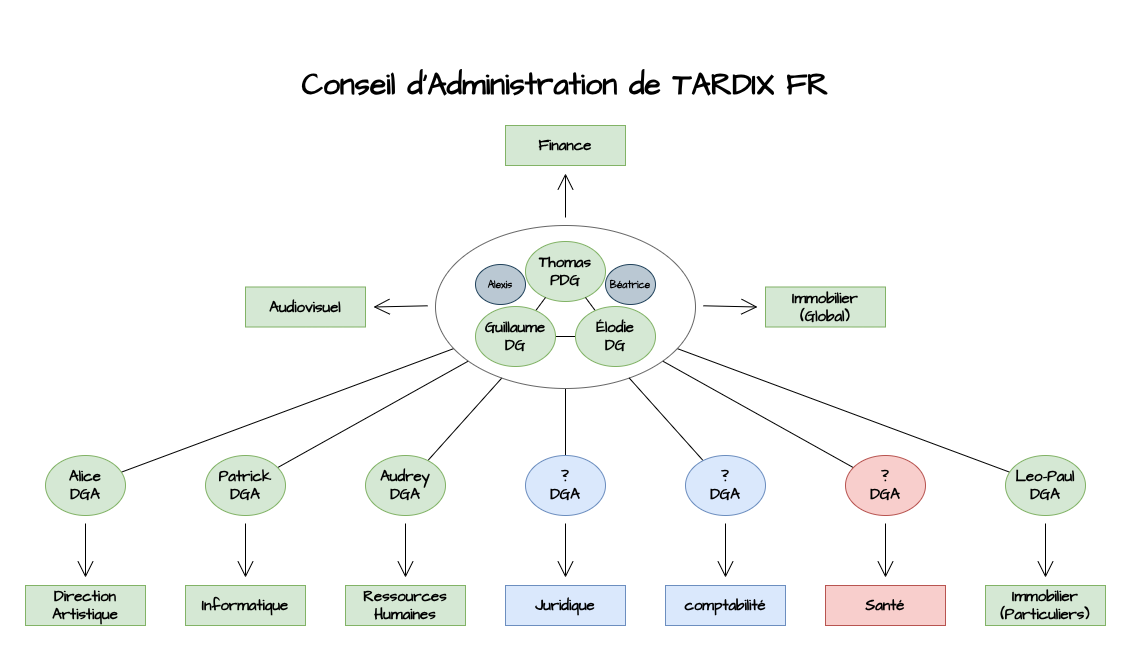Why is TARDIX a Multisectoral Holding?
TARDIX is a dynamic multisectoral holding committed to investing in innovative and high-performing companies across key sectors.
We firmly believe that diversification is essential to maximizing growth and minimizing risks.
As a parent company, we hold stakes in industry, services,
audiovisual, health, real estate and computer science companies, allowing us to adapt to market developments and meet the needs of our partners.
Our Advantages as a Multisectoral Holding Company
- Risk Diversification: By investing in multiple sectors, TARDIX reduces exposure to financial risks.
Each company in our portfolio contributes to balancing overall performance, ensuring resilience in the face of market fluctuations.
- Synergies and Economies of Scale: We leverage synergies between our different companies,
thus achieving economies of scale in purchases, management and marketing to improve the profitability of the entire group.
- Strategic Flexibility: Our organizational structure allows us to react quickly to new market opportunities.
This gives us the ability to direct our resources towards growing or emerging sectors, thus maximizing value for our investors.
- Improved Access to Capital: As a multisectoral holding, TARDIX benefits from better access to financing,
which allows us to support our companies while allowing our investors to take advantage of lucrative opportunities.
- Increased Valuation: The diversity of our portfolio, which includes companies from different sectors,
contributes to a strong market valuation, thus attracting investors looking for stability and growth.

How Does TARDIX Function as a Multisectoral Holding?
Our holding efficiently performs management and control functions over its subsidiaries by:
- Providing clear strategic direction and tailored guidance to the different companies in our portfolio.
- Managing overall finances to ensure optimal and strategic resource allocation.
- Developing common policies and initiatives that strengthen synergy and promote long-term growth.



